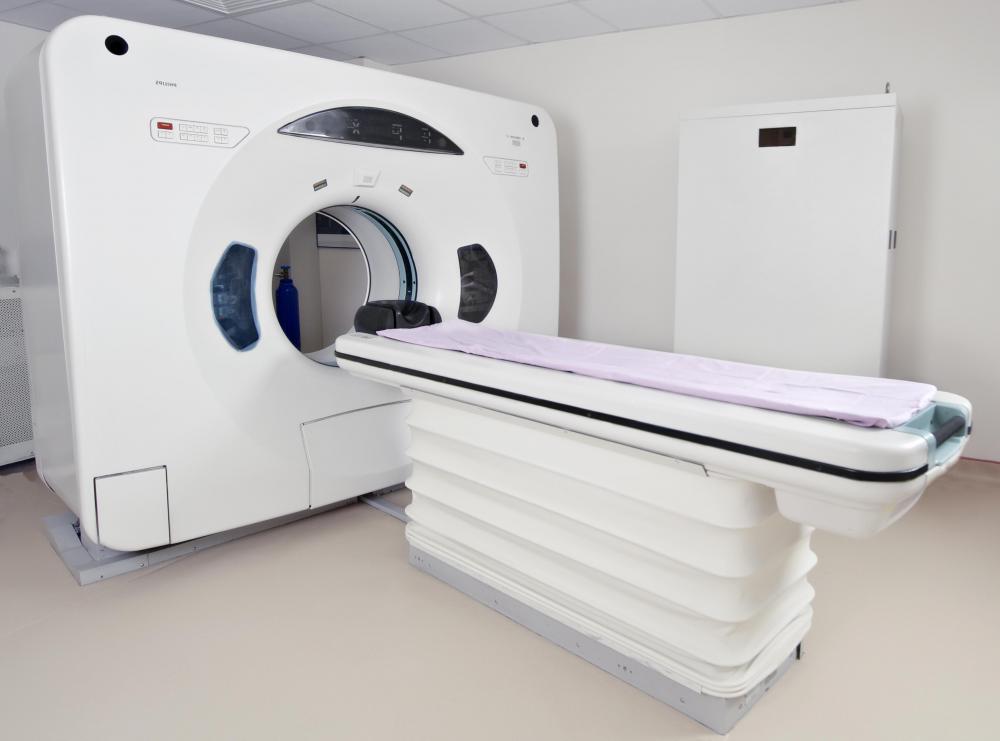At WiseGEEK, we're committed to delivering accurate, trustworthy information. Our expert-authored content is rigorously fact-checked and sourced from credible authorities. Discover how we uphold the highest standards in providing you with reliable knowledge.
What Is a Brain MRI with Contrast?
A brain MRI with contrast is an imaging procedure that makes use of a contrast agent to create an enhanced picture of a person's brain. Magnetic resonance imaging (MRI) itself uses a magnetic field combined with radio waves to form a picture of organs and tissues, as well as the skeletal system. An MRI can often provide more information than that of other imaging procedures such as a computed tomography (CT) scan, an ultrasound or an x-ray. A brain MRI with contrast allows for a clearer picture than normally available, and is the same as a regular MRI except the patient receives an injection of the contrast agent prior to the procedure.
There are a variety of reasons why a patient might need to receive a brain MRI with contrast. For example, a brain MRI with contrast might help in evaluating the brain's blood flow, searching for tumors, or getting a better view of parts of the brain where there is inflammation. Other reasons for an MRI include diagnosing, evaluating and monitoring headaches, head injuries or infections, as well as difficulties with hearing, speech or vision.

An MRI is a noninvasive procedure that usually last 30 minutes to an hour. In general, the patient lies down on a table which slides into a scanner that contains a large magnet, while the MRI machine operator watches and monitors the procedure from a different room. The MRI machine surrounds the patient with a magnetic field and directs radio waves at his or her body to create a picture of the targeted part of the body. As metal can interfere with image quality, the patient will wear clothes that contain no metal, or a hospital gown. In addition, to avoid a blurry picture, the patient will need to hold still during the procedure, unless he or she is undergoing a functional MRI, in which case the machine operator will ask him or her to perform small tasks.

The MRI machine itself will make noises during the procedure. To cope with this, a patient might want to make use of earplugs or music. A patient who is claustrophobic might need to take a sedative before the procedure. After the procedure, the patient is able to go home and continue his usual activities, although a sedative might delay this to some extent. Women who breastfeed and receive an MRI with contrast should not breastfeed for at least 24 hours after getting the procedure done.
AS FEATURED ON:
AS FEATURED ON:















Discuss this Article
Post your comments